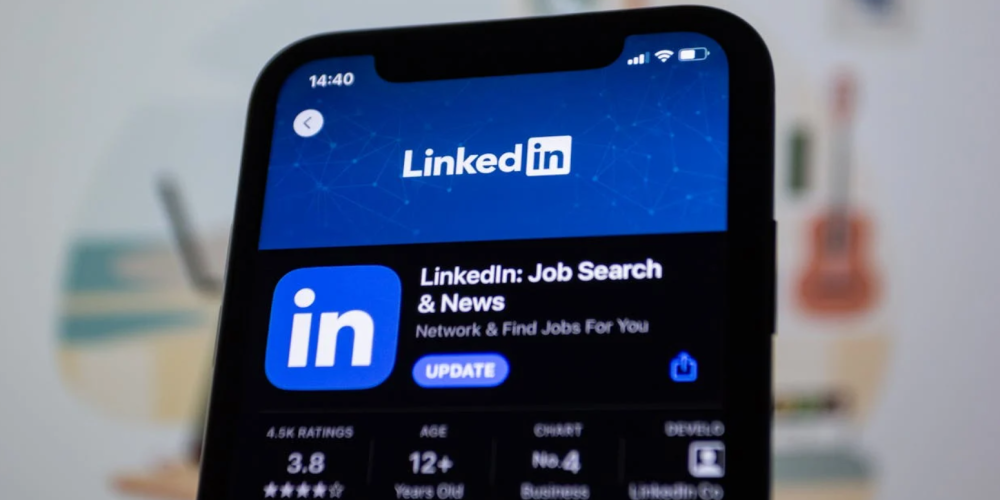LinkedIn: The Underestimated Contender in the Wake of Twitter's Turmoil
- May 01, 2024
- 880

In recent times, the tech world has been abuzz with the whirlwind of changes that have been taking place on social media platforms, particularly after the high-profile acquisition of Twitter by Elon Musk. This shakeup has not only rattled long-time users but has also paved the way for alternative platforms to come into the spotlight. Among these, LinkedIn, a platform traditionally known for professional networking, has steadily emerged as a dark horse in the race for social media dominance. What has gone relatively unnoticed is how LinkedIn’s organic growth has placed it in a competitive position with its rivals, a trend that got a significant boost post-Twitter's rebranding.
The shift in user attention from Twitter to other social networks has been tangible, as evidenced by web traffic data and mobile app usage metrics. The surprising contender that has benefitted from this movement is LinkedIn. It's important to note that LinkedIn's rise cannot be chalked up to happenstance — it seems to be a calculated progression, fueled in part by the change in how users seek to network and share information in the professional sphere. Statistically, LinkedIn has seen a significant increment in web traffic, indicating an enhanced user engagement level, particularly from those who work on their computers throughout the day. This potentially signifies a migration of professional discussions from Twitter to LinkedIn, given the latter’s focus on business-oriented content.
Furthermore, LinkedIn has not been static; rather, it is dynamically evolving by introducing features that add a fresh appeal to its traditionally formal facade. These innovations, like games and short-form video content, are clear indicators that LinkedIn is expanding its horizons to not just welcome professional exchanges but also to cater to the networking needs of a younger, more diverse audience.
The increasing Android app usage statistics accentuate this growth story, showcasing a robust upward trend in the adoption of LinkedIn over Twitter since the latter's rebranding. With higher subscription costs, LinkedIn might seem like an outlier. However, the platform's ability to generate more revenue than some of its low-cost competitors suggests that users find substantial value in the services offered.
In conclusion, LinkedIn's ascendance as a genuine competitor in the social media landscape cannot be ignored. Its strategic pivot post-Twitter’s restructuring has positioned it as a platform of choice for many professional users. The integration of non-conventional features is a bold move that seems to be paying dividends in attracting a wider demographic, maintaining user interest, and increasing engagement. As the evolution of social media continues, LinkedIn stands out as a prime example of how platforms can adapt and thrive amidst industry changes. With its focus on professional growth and networking, complemented by its newer, engaging features, LinkedIn is redefining what it means to be a professional social network in the modern age.